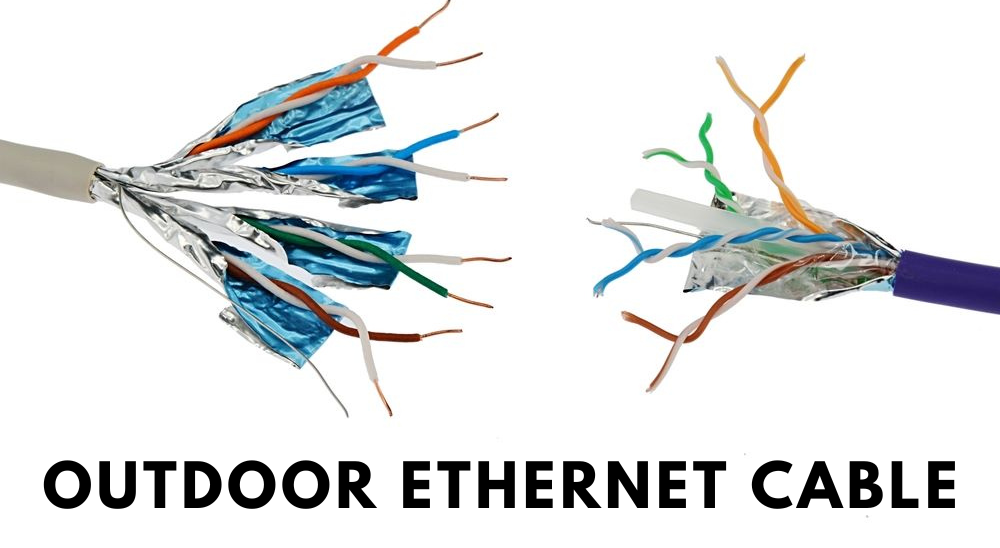Selecting The Correct Outdoor Ethernet Cable
Posted : 11-January-2024
In the modern age of connectivity, outdoor Ethernet cables play a crucial role in establishing reliable networks beyond the confines of indoor spaces. Whether you’re setting up an outdoor surveillance system, extending your home network to the backyard, or connecting remote access points, choosing the right Ethernet cable is paramount to ensure optimal performance and longevity.
When it comes to selecting the correct outdoor Ethernet cable, several factors come into play, ranging from durability and weather resistance to compatibility with network equipment and future-proofing considerations. Let’s delve into each aspect to guide you through the decision-making process.
Introduction to Outdoor Ethernet Cables
Outdoor Ethernet cables are specifically designed to withstand harsh environmental conditions while maintaining consistent network connectivity. Unlike their indoor counterparts, outdoor cables are engineered with robust materials and protective coatings to endure exposure to sunlight, moisture, temperature fluctuations, and physical stress.
Types of Outdoor Ethernet Cables
There are several types of outdoor Ethernet cables available in the market, each offering varying levels of performance and durability. The three most common types include:
Cat5e Ethernet Cables
Cat5e plenum cables are the most basic option suitable for outdoor use. They offer decent bandwidth capabilities and are suitable for basic networking applications over short to moderate distances.
Cat6 Ethernet Cables
Cat6 plenum cables provide higher performance compared to Cat5e, offering better speed and reduced crosstalk. They are ideal for demanding outdoor environments where faster data transmission is required.
Cat6a Ethernet Cables
Cat6a bulk cables represent the highest tier of outdoor Ethernet cables, offering superior performance and bandwidth capabilities. They are designed to support 10 Gigabit Ethernet speeds over longer distances, making them suitable for high-density outdoor installations.
Durability and Weather Resistance
When selecting an outdoor Ethernet cable, durability and weather resistance are paramount considerations. Outdoor cables are subjected to a wide range of environmental factors, including rain, snow, heat, and UV radiation. Therefore, it’s essential to choose cables with robust construction and weatherproofing features.
Length and Bandwidth Requirements
Before purchasing outdoor Ethernet cables, it’s crucial to assess your specific length and bandwidth requirements. Measure the distance between network endpoints accurately and consider factors such as data transfer rates, latency, and potential future expansions.
Installation Considerations
The method of installation plays a significant role in the performance and longevity of outdoor Ethernet cables. Depending on your setup, you may opt for burial or aerial installation. Buried cables offer better protection against physical damage and environmental elements, while aerial cables are more accessible for maintenance and upgrades.
Compatibility with Network Equipment
Ensure compatibility between your chosen outdoor Ethernet cable and network equipment such as routers, switches, and access points. Additionally, if you’re deploying outdoor cameras or wireless access points, consider Power over Ethernet (PoE) compatibility to simplify installation and power delivery.
Cost-Effectiveness and Longevity
While it’s tempting to opt for the cheapest outdoor Ethernet cable available, it’s essential to strike a balance between cost-effectiveness and longevity. Investing in higher-quality cables may incur a higher upfront cost but can save you money in the long run by minimizing maintenance and replacement expenses.
Popular Brands and Customer Reviews
Research reputable brands are known for manufacturing high-quality outdoor Ethernet cables. Read customer reviews and testimonials to gain insights into real-world performance and reliability. Additionally, consult with networking professionals or enthusiasts for recommendations based on their experiences.
Maintenance and Upkeep
Proper maintenance is essential to ensure the optimal performance and longevity of outdoor Ethernet cables. Periodically inspect cables for signs of wear, corrosion, or damage, and address any issues promptly. Implement preventive measures such as cable management and surge protection to mitigate potential risks.
DIY vs. Professional Installation
Decide whether to install outdoor Ethernet cables yourself or enlist the services of professional installers. While DIY installation offers cost savings and flexibility, professional installers can ensure proper cable routing, grounding, and compliance with local regulations, particularly for complex setups or large-scale projects.
Future-Proofing Your Network
Anticipate future upgrades and expansions when selecting outdoor Ethernet cables. Choose cables with sufficient bandwidth and flexibility to accommodate evolving technology trends and network requirements. Additionally, consider investing in modular or scalable solutions that allow for easy scalability and adaptability.
Environmental Considerations
Outdoor Ethernet cables must withstand a wide range of environmental conditions, including extreme temperatures, humidity, and UV radiation. Look for cables with ruggedized construction and UV-resistant coatings to ensure durability and longevity in harsh outdoor environments.
Warranty and Support
Prioritize outdoor Ethernet cables backed by comprehensive warranties and reliable technical support. In the event of cable failure or performance issues, prompt assistance and warranty coverage can minimize downtime and ensure a seamless resolution process.
Case Studies and Real-world Applications
Explore case studies and real-world applications of outdoor Ethernet cables to gain insights into successful deployments and best practices. Learn from others’ experiences and apply lessons learned to optimize your outdoor network infrastructure.
Conclusion
Selecting the correct outdoor Ethernet cable is essential for establishing a reliable and resilient network infrastructure in outdoor environments. By considering factors such as durability, compatibility, installation methods, and future-proofing, you can make informed decisions that ensure optimal performance and longevity.
Latest Blog
-

When Should You Upgrade Your Internet Cable?
Read More -

What You Need to Know for Safe Networking
Read More -
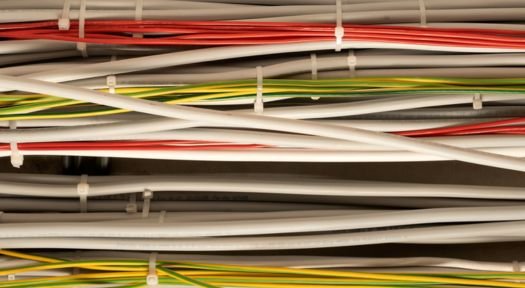
Why Ethernet Cables Are Crucial for Commercial Areas
Read More -

Category Cables Plenum Safe and Efficient Networking
Read More -

How Cat6 Plenum Cable Enhances Your Gaming Experience
Read More -

Cat5e, Cat6, Cat6a and Cat7: Ethernet Cable Differences and Similarities
Read More -

Category Cable Services in USA
Read More -
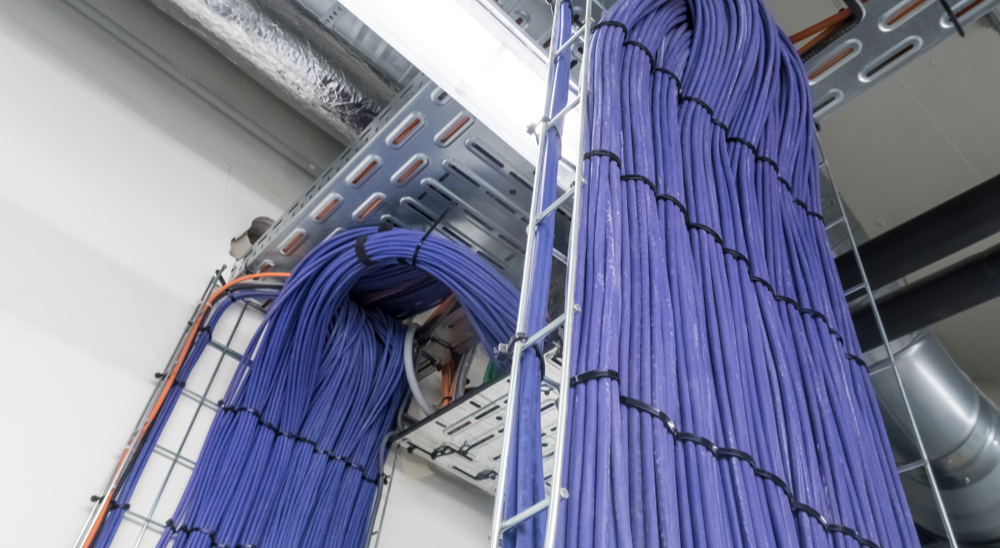
Structured Cabling Standards For Commercial Buildings
Read More -
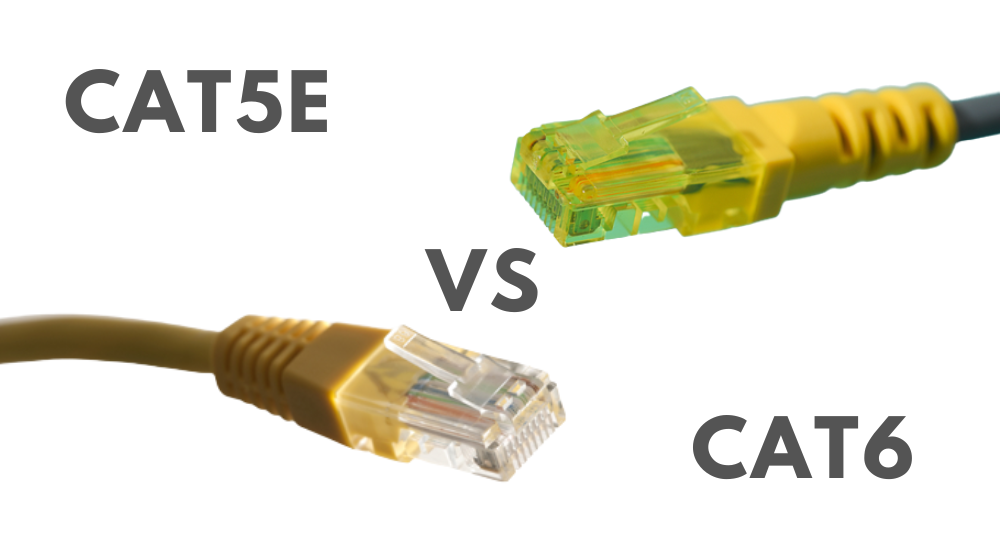
Evolution Of Ethernet Cables: Cat5e vs Cat6
Read More -
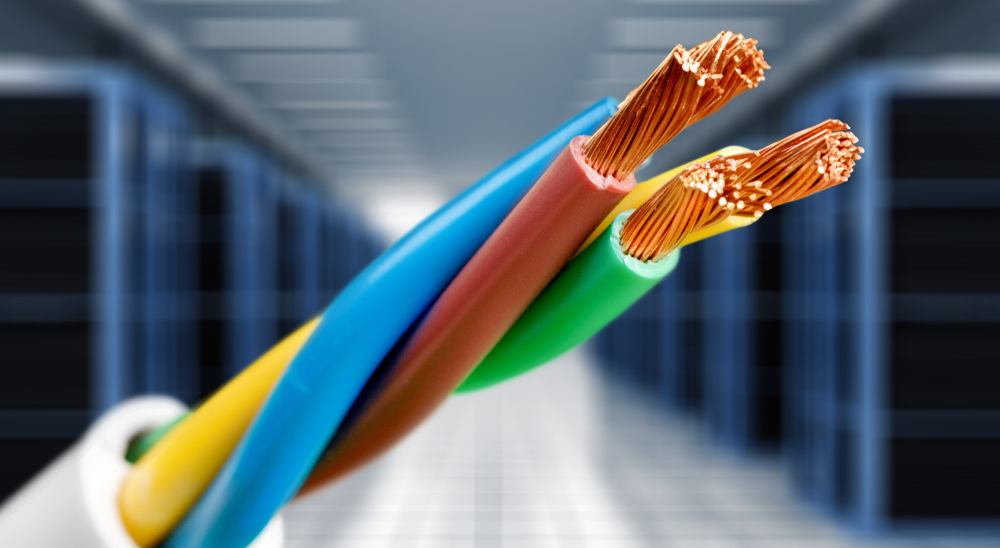
Select the Right Shielded Cable for your Network
Read More
